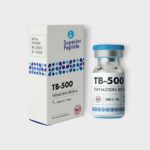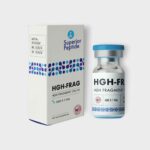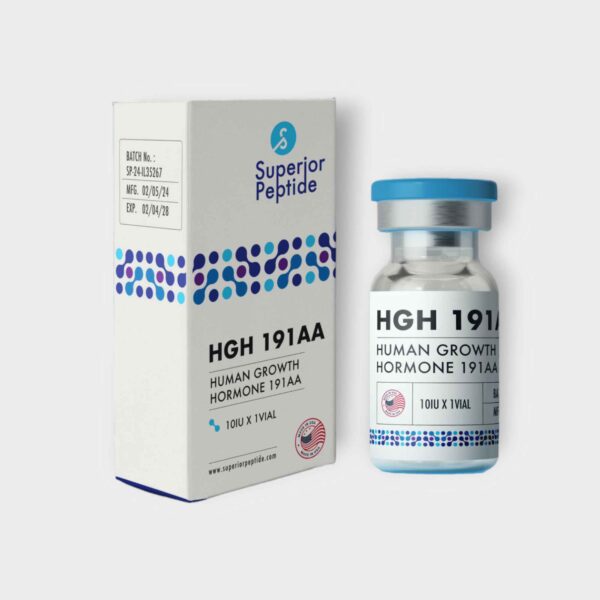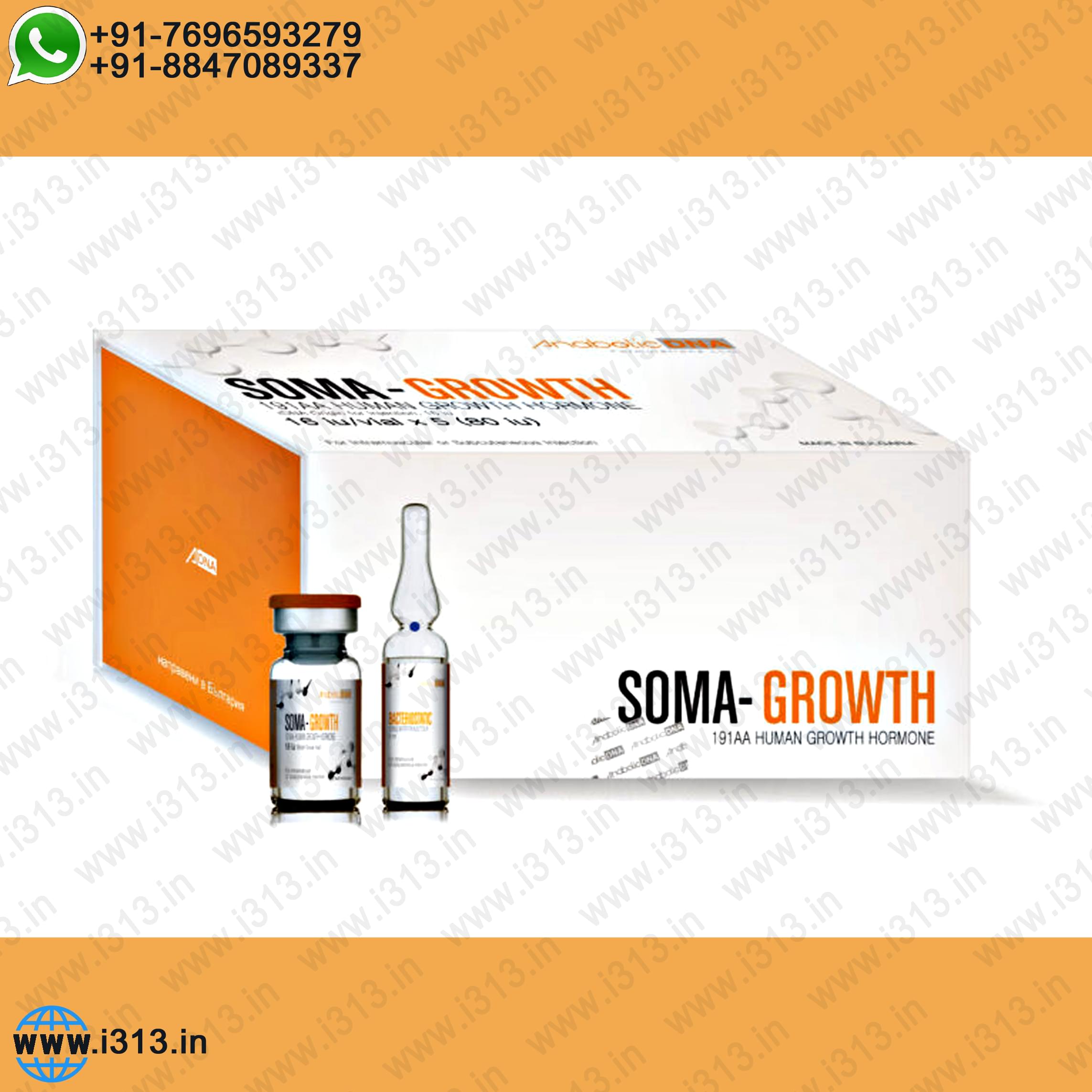Description
DESCRIPTION
U.S.P. PHARMACOLOGY:
PHARMACOKINETICS
Absorption: Following a subcutaneous injection of a single dose of 4 mg Somatotropin in healthy male and female adults, the extent of absorption (AUC) was 291 hr.μg/L and the peak concentration (Cmax) was 37 μg/L. There are no pharmacokinetic data from patients with GHD.
Distribution: The mean volume of distribution of Somatotropin following administration to healthy adults was estimated to be 1.4 L/kg.
Metabolism: The metabolic fate of Somatotropin was not studied. However, it is presumed that the metabolic fate of Somatotropin involves classical protein catabolism in both the liver and kidneys.
Excretion: The mean clearance subcutaneously administered Somatotropin in healthy adults was 0.23 (± 0.04) L/hrkg. The mean terminal half-life of Somatotropin after a single subcutaneous injection in healthy adults is 2.4 hours
INDICATIONS AND USAGE:
HGH is indicated for:
- Long-term treatment of pediatric patients who have growth failure due to an inadequate secretion of endogenous growth hormone.
- Long-term replacement therapy in adults with growth hormone deficiency (GHD) of either childhood- or adult-onset etiology. GHD should be confirmed by an appropriate growth hormone stimulation test.
INDICATIONS AND USAGE:
The dosage of HGH must be adjusted for the individual patient. The weekly dose should be divided into daily subcutaneous injections (administered preferably in the evening). HGH may be given in the thigh, buttocks, or abdomen; the site of SC injections should be rotated daily to help prevent lipoatrophy. Pediatric GHD Patients: Generally, a dose of 0.16 to 0.24 mg/kg body weight/week is recommended. Adult GHD Patients: The recommended dosage at the start of therapy is not more than 0.04 mg/kg/week. The dose may be increased at 4- to 8-week intervals according to individual patient requirements to a maximum of 0.08 mg/kg/week, depending upon patient tolerance of treatment. Clinical response, side effects, and determination of age-adjusted serum IGF-I may be used as guidance in dose titration. This approach will tend to result in weight-adjusted doses that are larger for women compared with men and smaller for older and obese patients.








Reviews
There are no reviews yet.